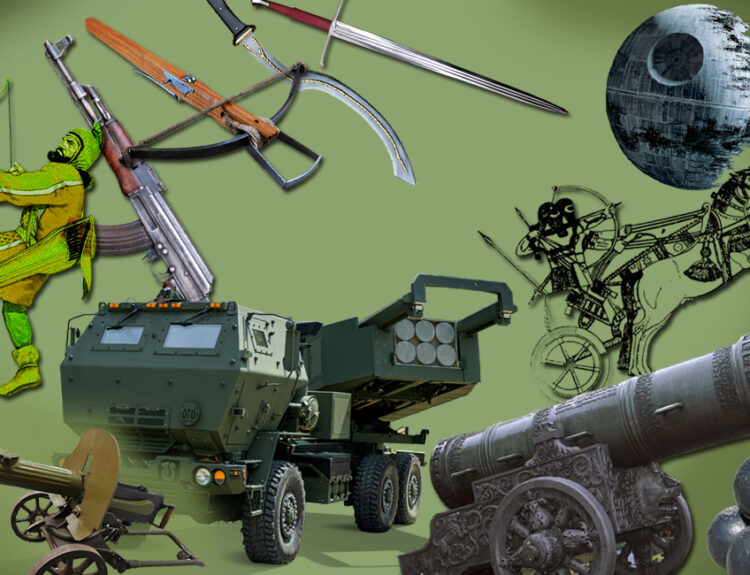We call the countries East of Berlin the New Europe for a reason. Today, they have great innovative potential and are becoming Europe’s technology hub. As it turns out, New Europe has been a home for vital inventions for quite a while. Today, we dive deeper into the history of mundane and high-tech things you can’t imagine your life without and what great minds were behind them.
Windscreen wipers and… paper clips?
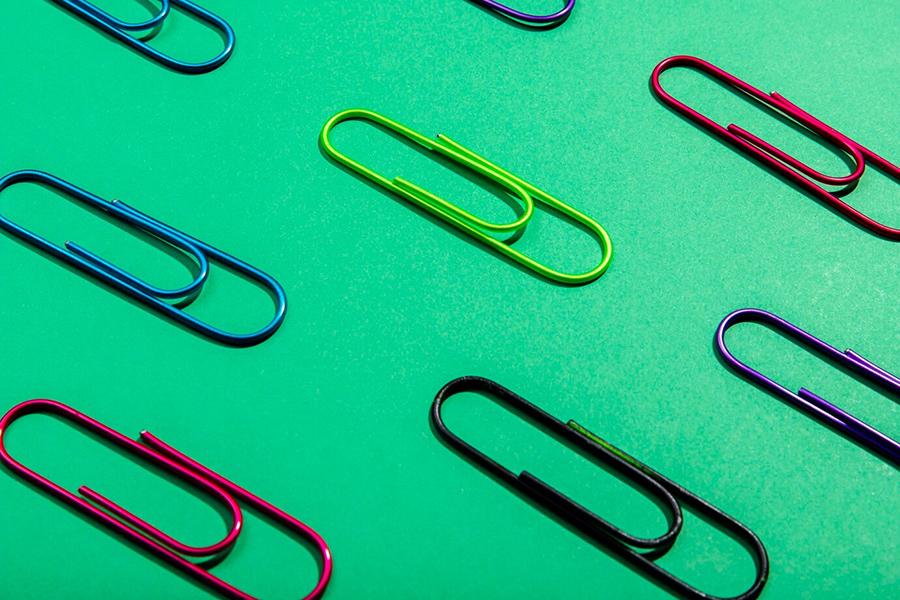
What do they have in common? What if we say the same person invented them? We’re talking about Polish composer Józef Hofmann. Apart from music, he was enthusiastic about technology. Hofmann was among the first musicians to record their music on a machine — a phonograph given to him by Thomas Edison. He also liked skating on the ice skates he made himself. Hoffman invented a windscreen wiper after observing a metronome. As for paper clips — simple as they are, somebody had to create them so that you could keep track of your documents and change a SIM card on your phone. And it was also Józef Hofmann. Among his other inventions you probably won’t use as often are adjustable piano stools and a solution decreasing the resistive drag of piano keys.
Speedometer

Another essential car detail you would thank Central Europeans for. Namely, Josip Belušić — an engineer from Croatia who designed and patented an electric speedometer in 1888. Next year, he showcased his creation at the World Fair, where it won as the most precise and reliable of the 120 innovations present. His design was similar to what we’re using now and even more functional: it measured the distance the vehicle travelled, how many people were aboard and even the exact time they got on and off!
Soft Сontact Lenses
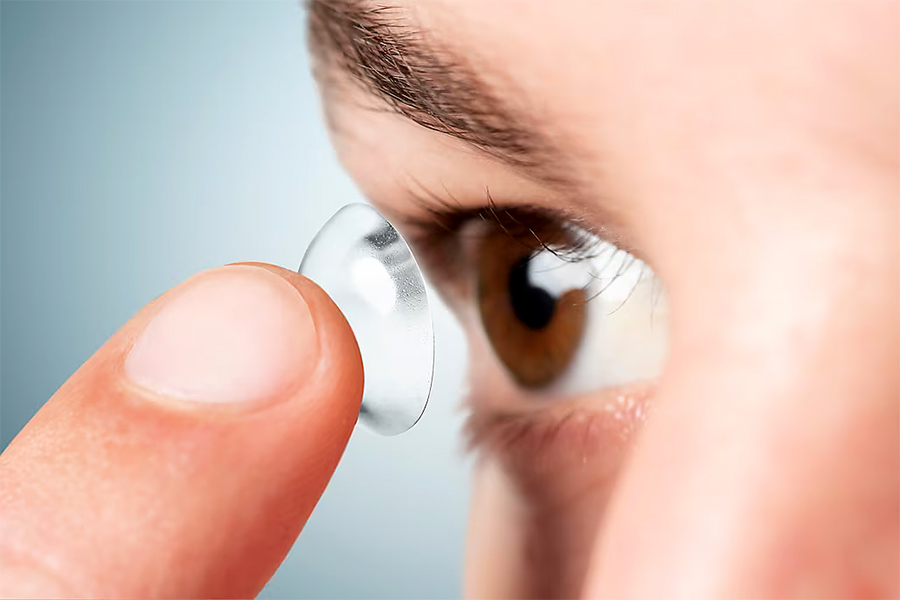
As with most inventions, more than one person was involved in creating the alternative to glasses. The first known sketches of contact lenses belong to Leonardo da Vinci, and throughout the centuries, other scientists, including René Descartes, created prototypes of the contacts. The ones made a hundred years ago were still impractical and hurtful to the eyes, as they were made of glass or plastic and not designed for extended wear.
A Czech chemist, Otto Wichterle, made a breakthrough with his invention of soft contact lenses in the 1950s. He created a more eye-friendly hydrogel using… his son’s toy kit! Unfortunately, Wichterle soon lost the rights to his invention. The patent’s owner was the state, then-communist Czechoslovakia. They sold the patent to the American company Bausch & Lomb without Wichterle knowing. However, his legacy still lives on. Professor Wichterle even had an asteroid named after him.
Pringles and mozzarella

These goodies would never be on supermarket shelves as we know them if not for Latvians. Pringles were created in the 1950s as an alternative to regular greasy and broken potato chips. Fredric Baur invented the shape of the chips and the iconic cylindrical can. But it was a Latvian immigrant, Alexander Liepa, who worked on its taste formula and patented the device to mass-produce the chips.
What about mozzarella cheese? Without doubt, it’s an inseparable part of Italian cuisine. However, Latvia played a crucial role in its mass production. Until 1958, mozzarella cheese was produced manually, making it a lengthy and costly process. A Latvian agronomist, Visvaldis Dzenis, designed a machine to make four mozzarella balls a minute. His invention made commercial mass production of cheese possible. Thanks to him, you can find this tasty part of Italy in every grocery!
The Reason Your Gadgets Work
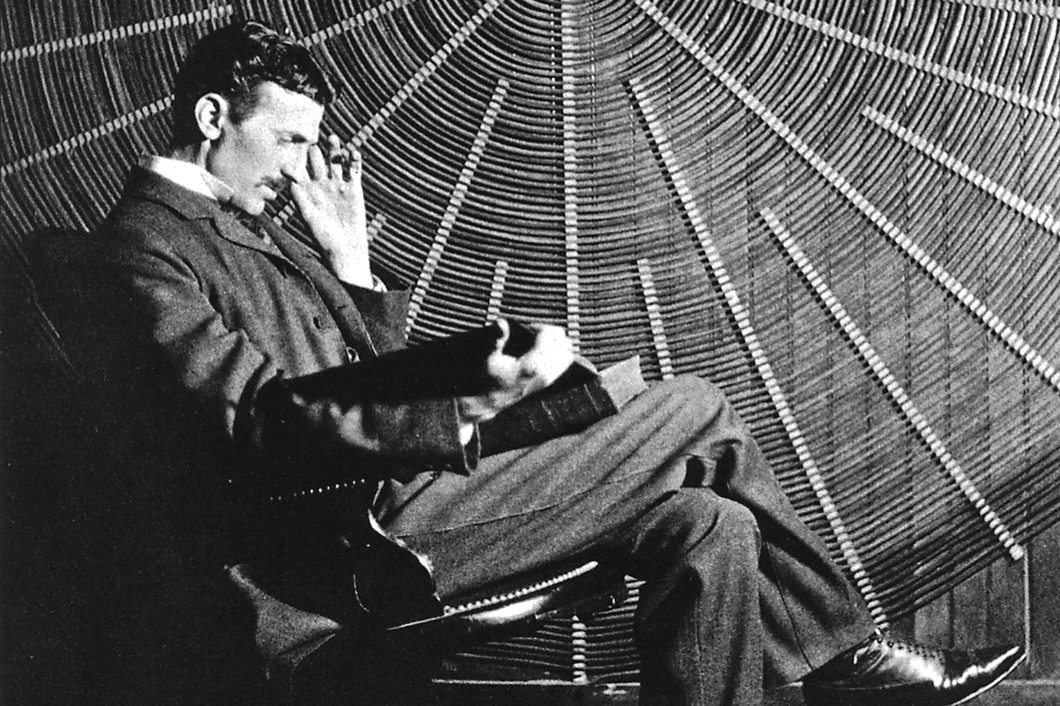
This list would be incomplete without Nikola Tesla’s inventions. A Serbian born in Croatia, he immigrated to the US to work for Thomas Edison. They had a dramatic debate over direct and alternating current, the latter discovered by Tesla and now used to generate most of the world’s electricity. Tesla patented nearly 300 inventions. His most notable contributions include radio, hydroelectric power, and AC motors. It’s hard to imagine today without his designs, as we all use kitchen appliances, TVs, and electric lamps thanks to Tesla’s discovery of alternating current.
GPS
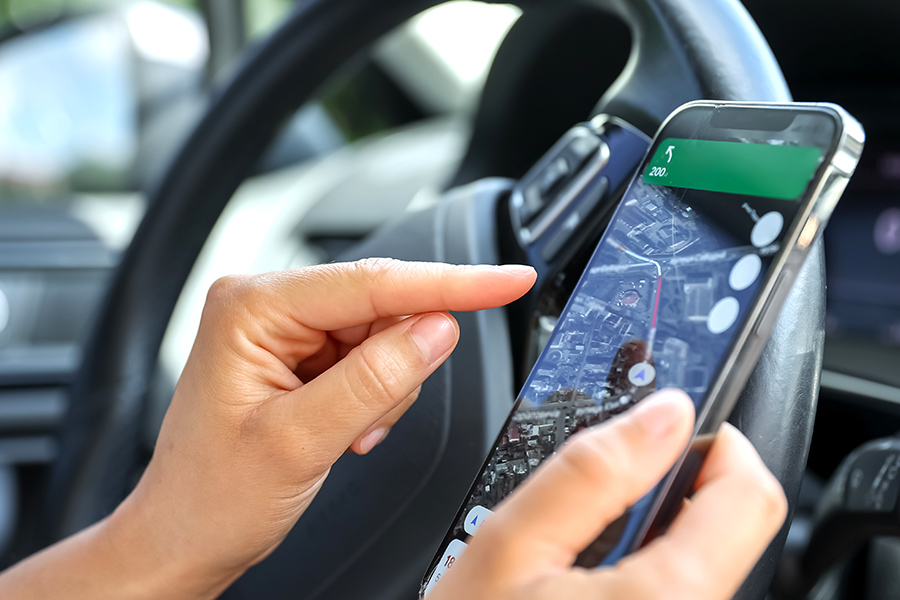
A woman driving a car use your smartphone to view a map showing your travel route and use the application to get to the destination.
The global positioning system is the thing that literally and figuratively helps you find your way in this big, uncertain world. It was invented by Ivan Getting, an American-born son of Slovak immigrants. The GPS initially aimed to control military aircraft and missiles during the Cold War. The first experimental GPS satellites were launched in 1978 and became a household name in a few decades. Ivan Getting and his colleague, Bradford Parkinson, received the Charles Stark Draper Prize — one of the Nobel Prize equivalents for engineering. In his career, Getting also worked on antiaircraft defence systems during World War II that saved England from Nazi air raids.
Bonus: Grammarly
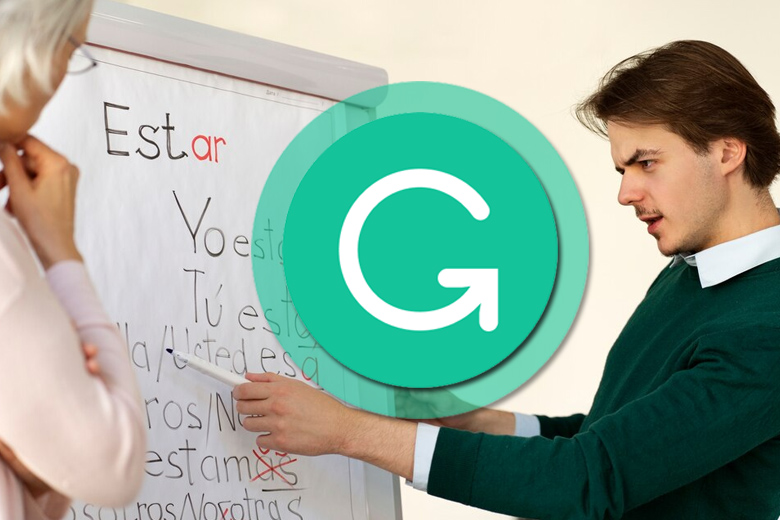
The language service known for assistance in writing in English was actually developed by three Ukrainian students, Max Lytvyn, Alex Shevchenko, and Dmytro Lider, in 2009. Lytvyn and Shevchenko began with an anti-plagiarism service called MyDropbox, but it was their sophomore project, Grammarly, that brought them worldwide recognition. Today, Grammarly is based in San Francisco and has offices in Kyiv, New York City, Vancouver, and Berlin. Over 30 million people and 50 thousand corporations use the product daily to improve communication.
Source: The Gaze






